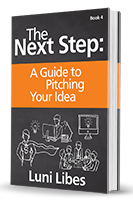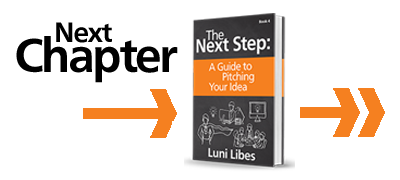Excuse me, sir, do you have two tens for a five.
HOW DOES YOUR company make money? Do the customers simply pay you as you hand over the product? Do they sign up for a monthly subscription? Is your annual subscription paid once per year, once per quarter, or once per month? Do you sell via a distributor or reseller? Does the retailer have the right to return unsold products? Are you giving away your product or making money through advertising? Or do you perhaps you have no business model, hoping to replicate the rare hit businesses that get acquired before they earn a dollar of revenue?
RULE 24:
All organizations need money to operate. Explain your income!
Strangely, it is not uncommon to see a startup pitch that never explains how the company intends to earn revenues. Don’t be one of these companies. More often than not, it wastes the time of the audience, since, without seeing a business model, few audiences will believe that your business is viable.
For this slide, I’m showing the formatting from the second draft, as by now you should understand that any key numbers should be big and bold. Note that the formatting now matches the previous slides. Consistency in design makes a pitch look more professional.
If you do not have an eye for design, find a designer who can make your pitch deck look at least as good as Ensibuuko’s second draft. If you can’t find a local designer, there are online services that can do this for you remotely.
Ensibuuko—[Business model, second draft]

“Our business model is simple. We charge each SACCO a flat rate of $1,000 per year for the use of MOBIS, then charge 0.5% for each deposit, withdrawal, or other transaction by the farmers.”
The flow of the story
At this point, look back at your slides and consider how they are flowing as a story. For the Ensibuuko pitch, it may flow better putting this Business Model slide before the Opportunity slide. That way, the audience knows that each SACCO is charged $1,000, and thus the 5,000 SACCOS in Uganda represent a total opportunity of $5,000,000 (5,000 multiplied by $1,000).
As long as you cover the topics outlined in this book, the specific order doesn’t matter.













